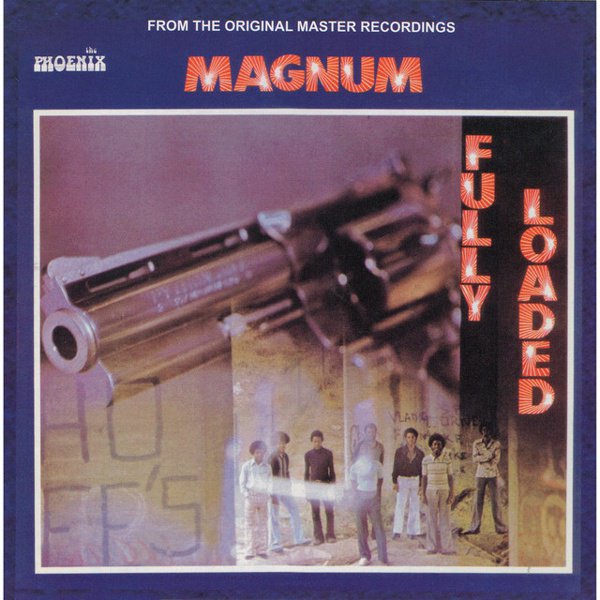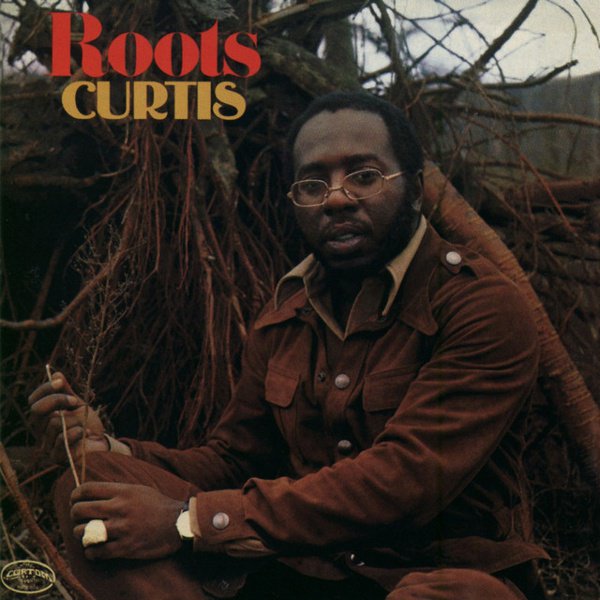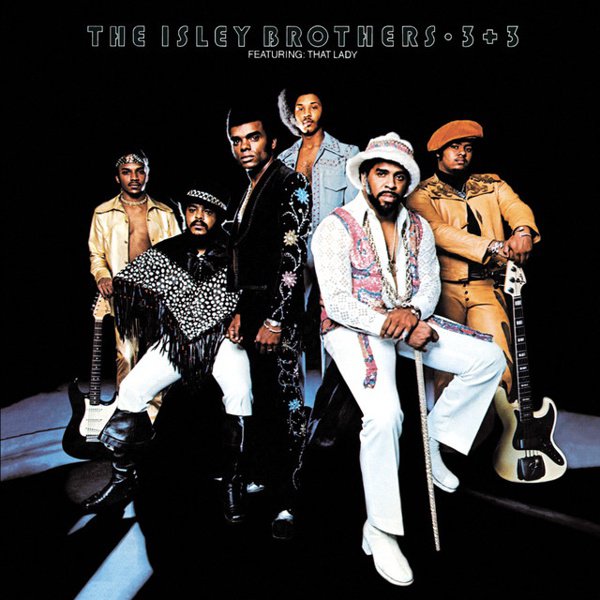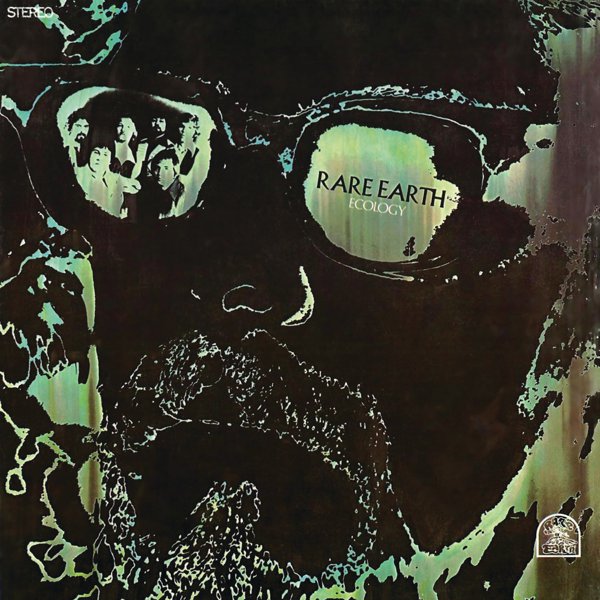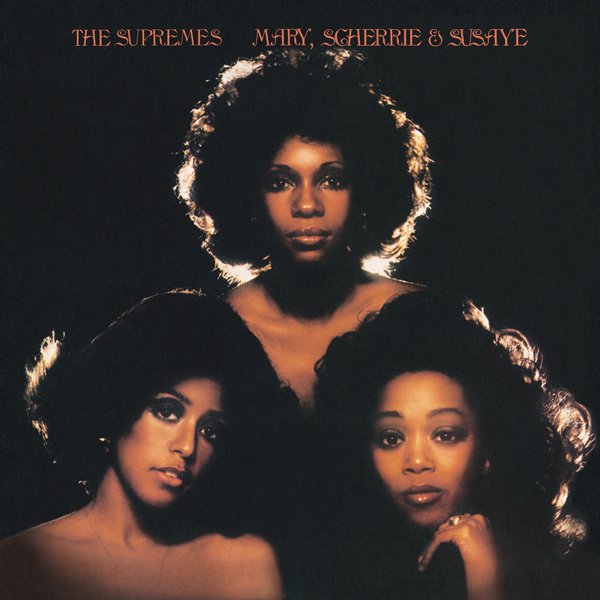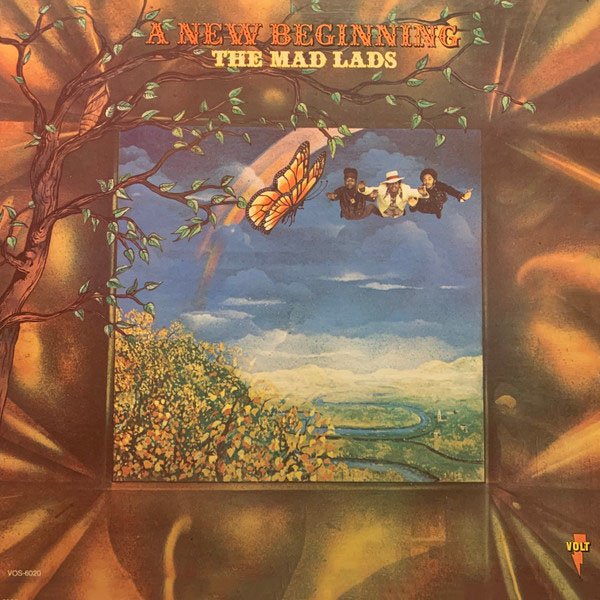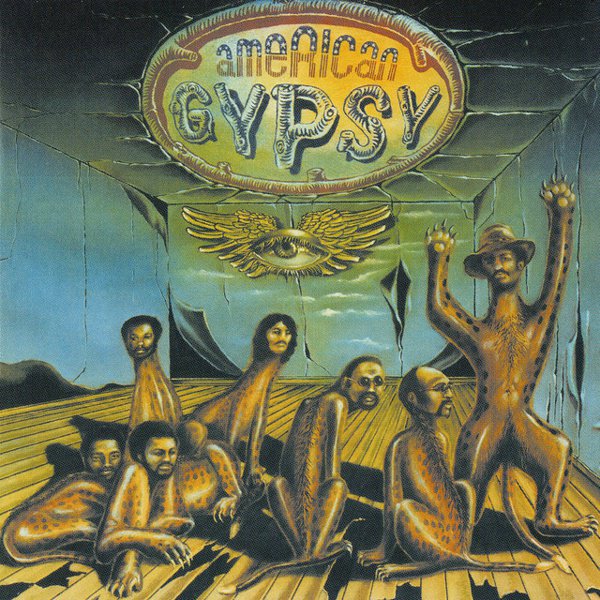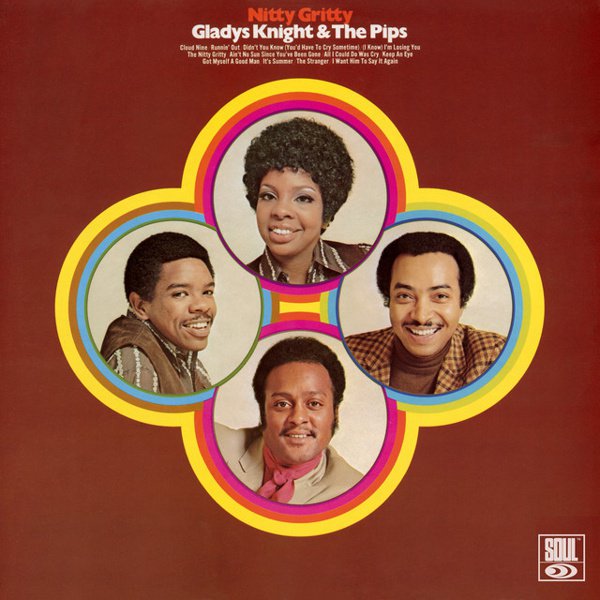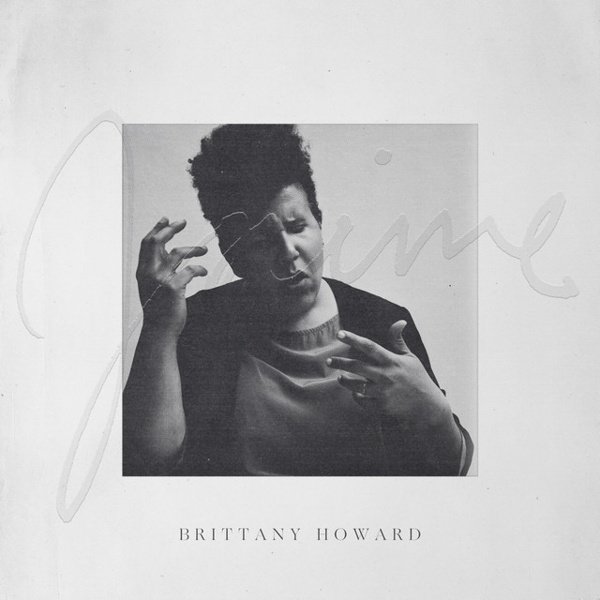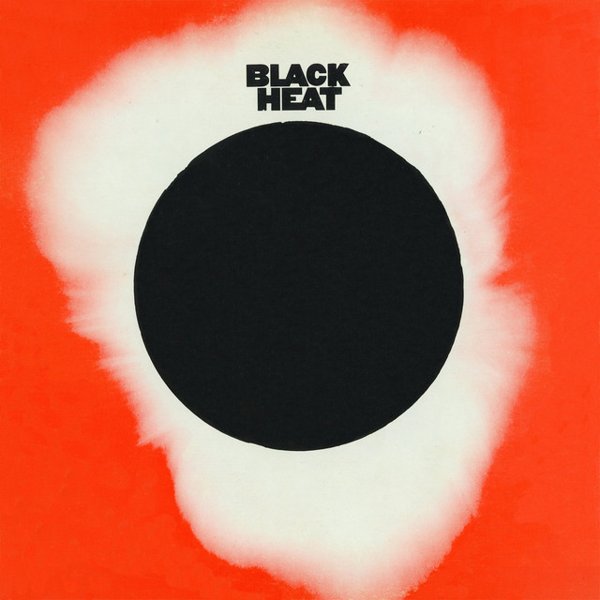
Recommended by
What Color Is Love
Genre is a funny thing. It’s so easy—maybe too easy—to divide, slot, order, place into boxes. Soul goes over here. Rock over here. Jazz over here. And with those borders firmly in place, those that cross the lines feel, all at once, like trespassers and welcome guests. They have blurred the lines of the genre, making not just one influenced by the other, but a whole new thing. That’s where Terry Callier lives. Somewhere between jazz and folk. Somewhere between blues and R&B. Settled into a new space that he’s created.
1973’s What Color is Love lives in that space. A dreamy, folky, soulful album that pulls from all genres, but feels like something new, something different. Callier never reached the heights of some of the others, even with his close working and personal relationships with fellow Chicagoans like Curtis Mayfield and Jerry Butler. In fact, he was without a record deal from 1969 to 1971, and until a resurgence in the late 1990s, he’d stopped releasing albums altogether in 1978. Maybe his periodic absences are what make his music so beautiful. It’s like you’re in on a secret, hearing the whispers of something great, and What Color is Love is truly great.
Standouts on the album include the twisting, worth every second of it nine-minute run-time “Dancing Girl”; “I’d Rather Be With You” proves that while the genre’s history has been whitewashed, country’s sounds never left Black music; And “You Goin’ to Miss Your Candyman,” a slightly foreboding, folky jazz-funk that puts all of his influences on display. Callier said it best in a 1979 interview with Blues & Soul, “It’s all about reaching the most number of people with what I do and I’d like to think that my music is a synthesis of blues, jazz, gospel, folk, pop – everything I’ve been exposed to.”
Chicago’s Terry Callier had retired from a music industry career that began back in the ‘60s and had bestowed critical acclaim but resulted in very little commercial success, when his catalog was rediscovered by UK DJs in the late ‘80s. It was his early ‘70s trio of Charles Stepney-produced albums that proved to have particular longevity, of which What Color… is the second. It’s distinctive in the world of seventies soul music, a singer/songwriter acoustic guitar soul record that effortlessly leans into folk and jazz, and overall is a tender, intense, and occasionally fiery collection. Stand outs include opener Dancing Girl, a nine minute folk/soul/jazz odyssey with quiet, plaintive vocal and acoustic guitar sections, psychedelic soul and jazzy vamps, and a symphonic orchestrated crescendo, “You’re Goin Miss Your Candy Man,” an idiosyncratic funk record with Stepney’s Chicago-soul horn lines, acoustic guitar strumming, and James Jamesonesque bass, and the classic Stepney baroque-soul “Just As Long As We’re In Love.” Four of the seven tracks are elongated with plenty of time to just sit in the mood Callier establishes, encasing the listener in a warming musical glow of sweet vocals and gentle folkish guitar chords, or sweeping them up via some swooning strings combined with hefty funk from the rhythm section. A lost soul music treasure.

